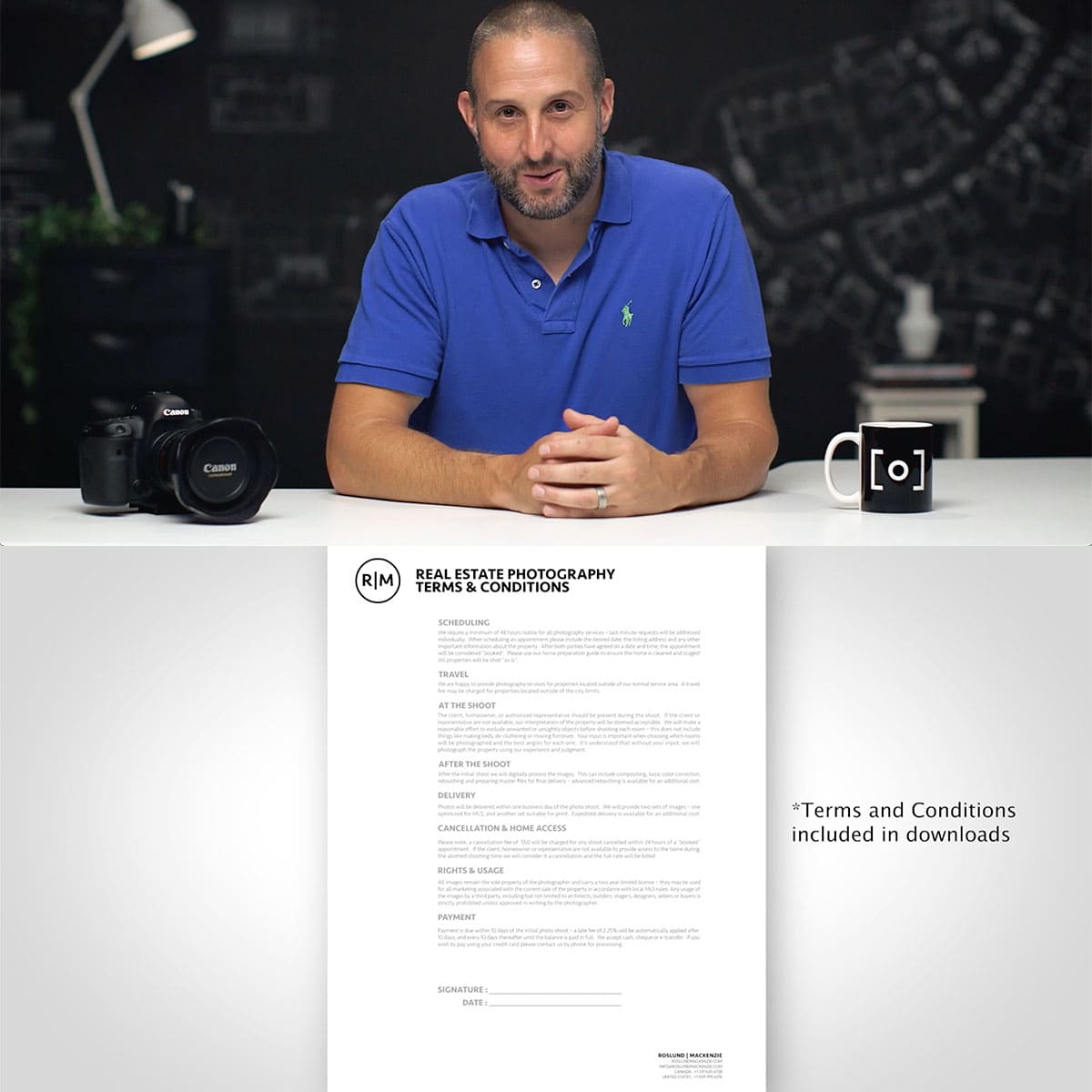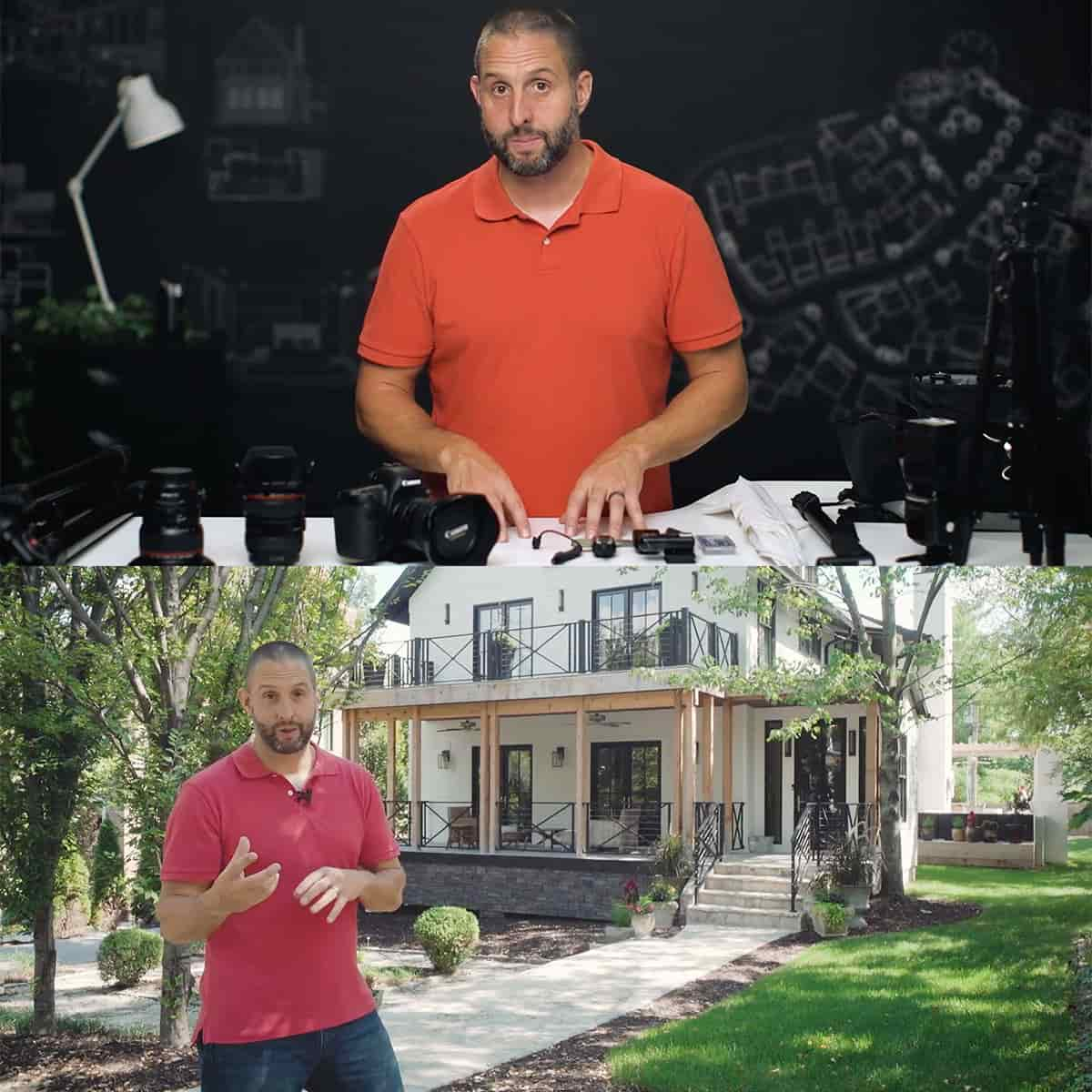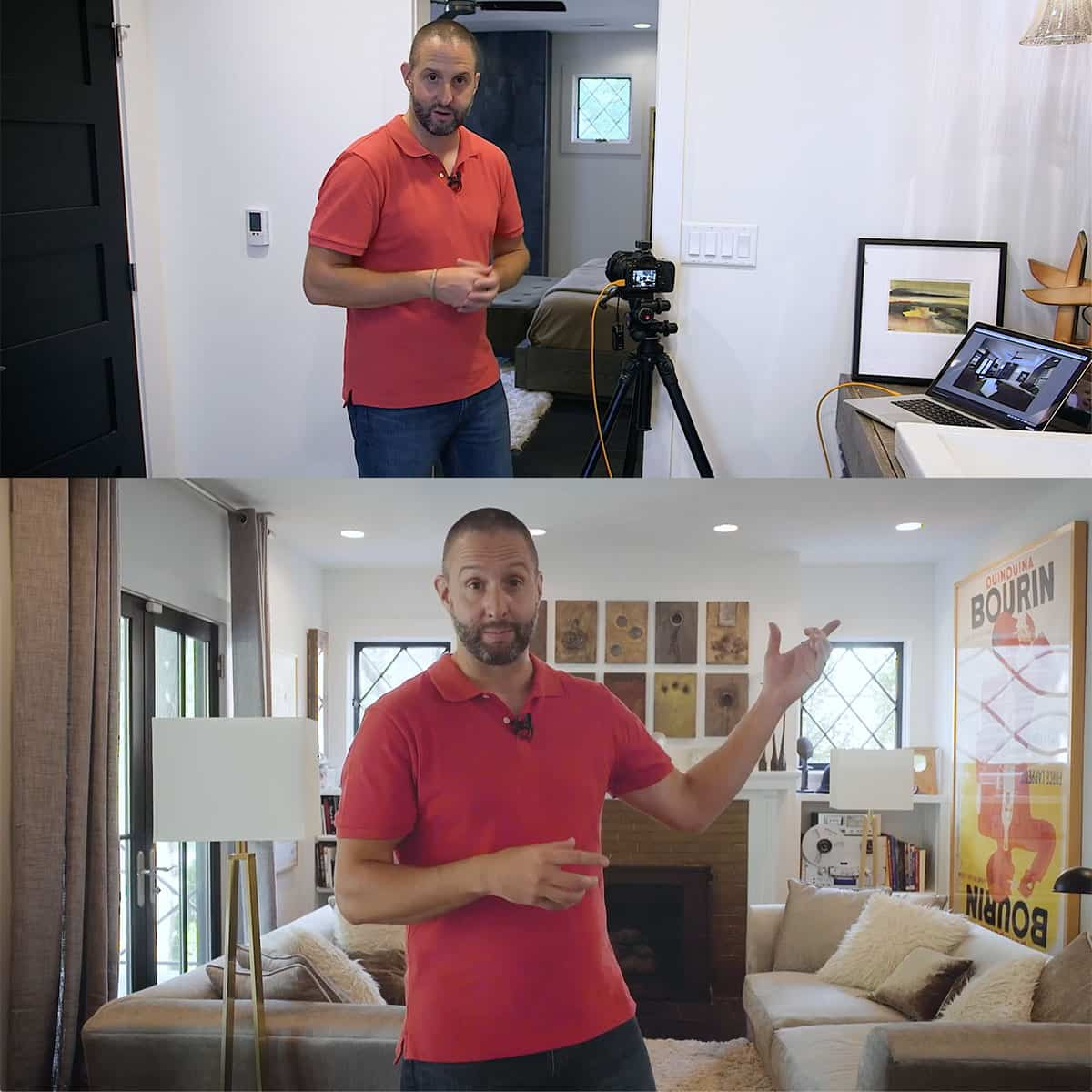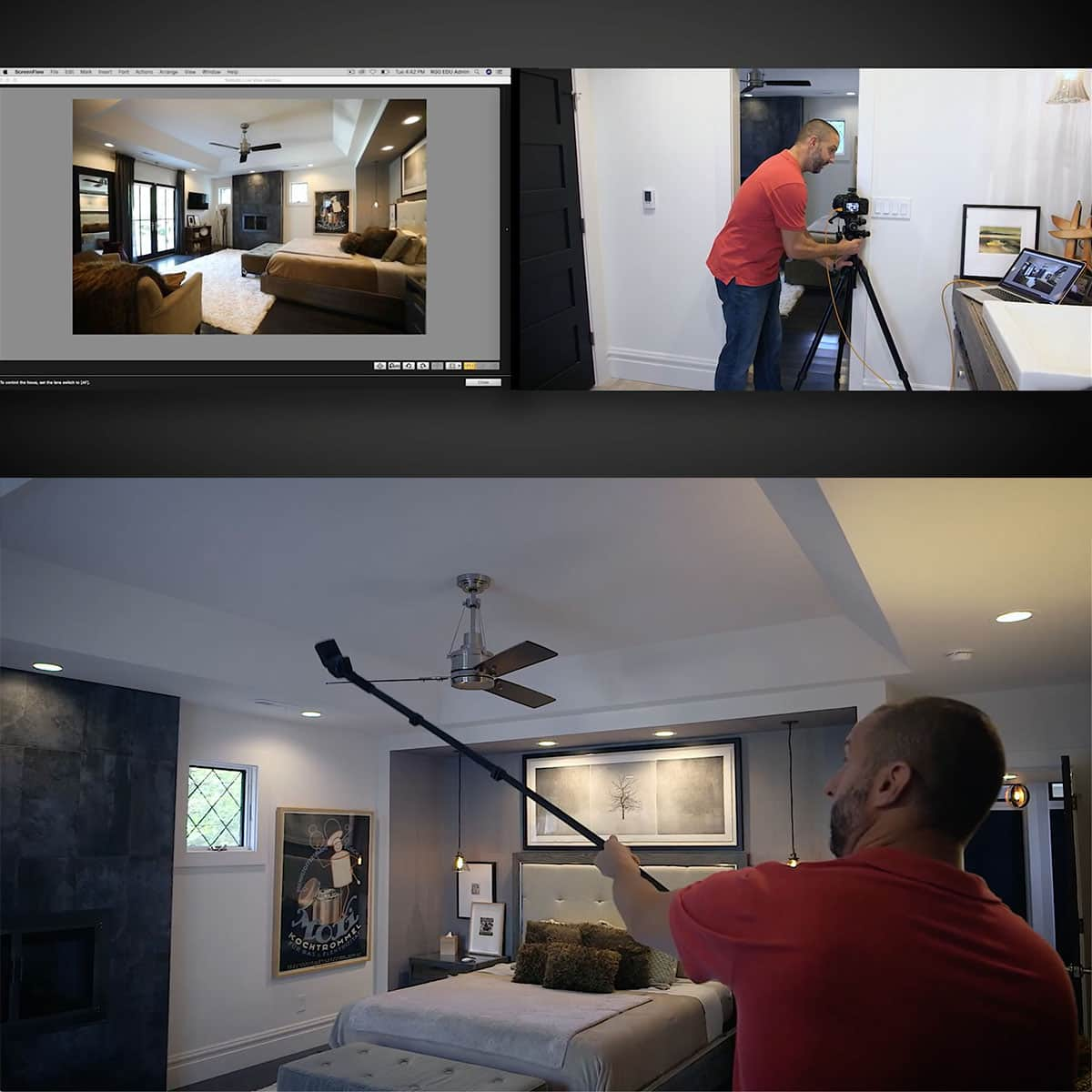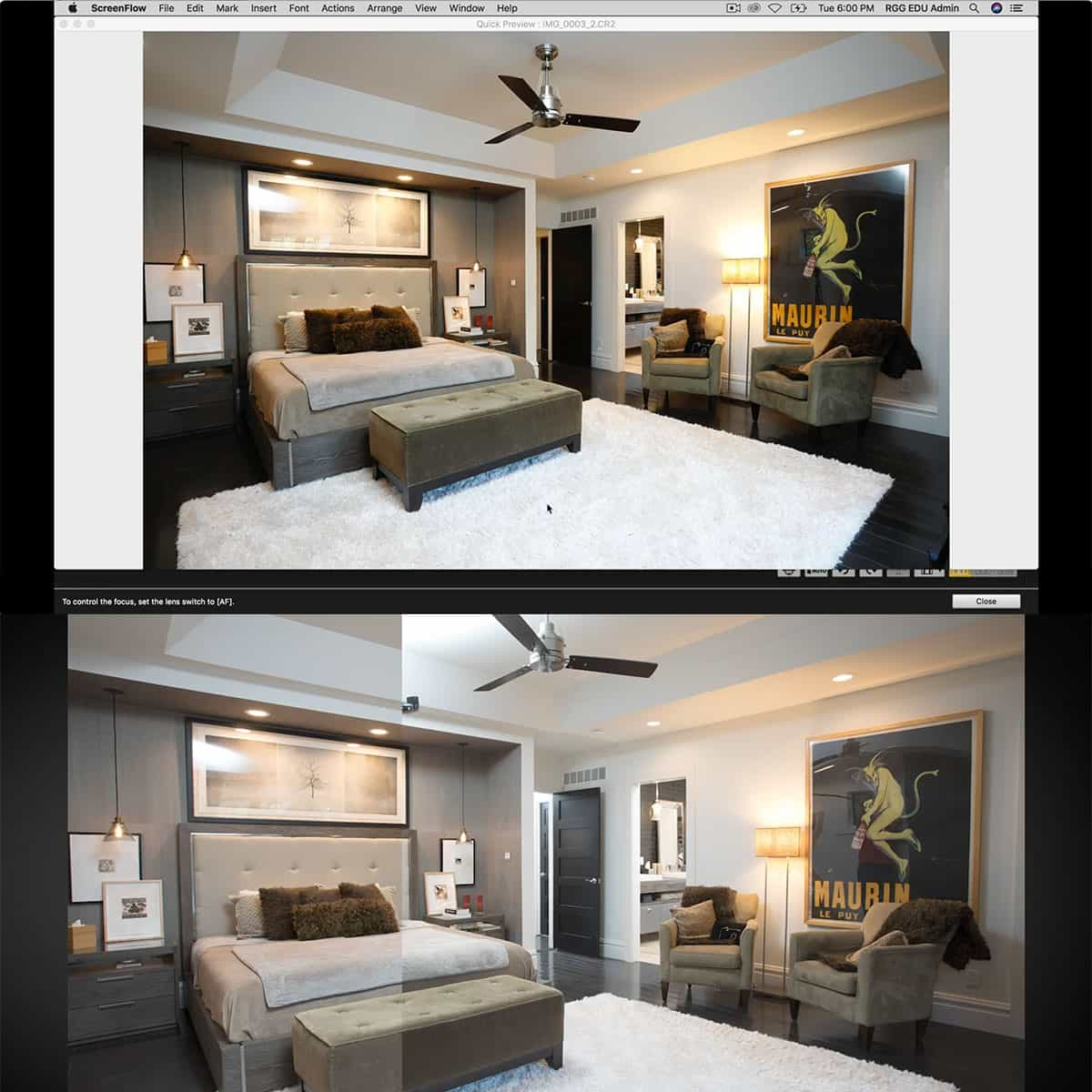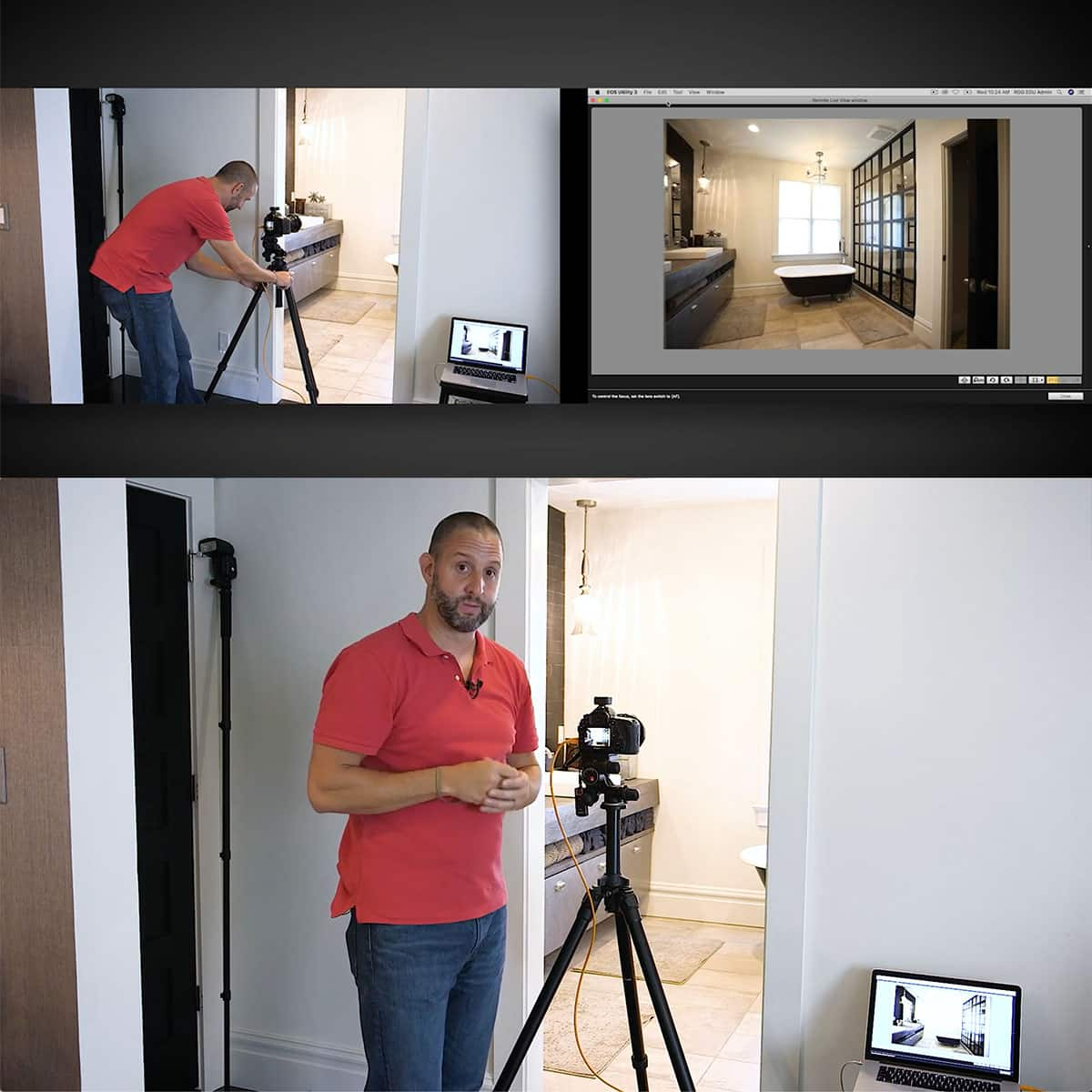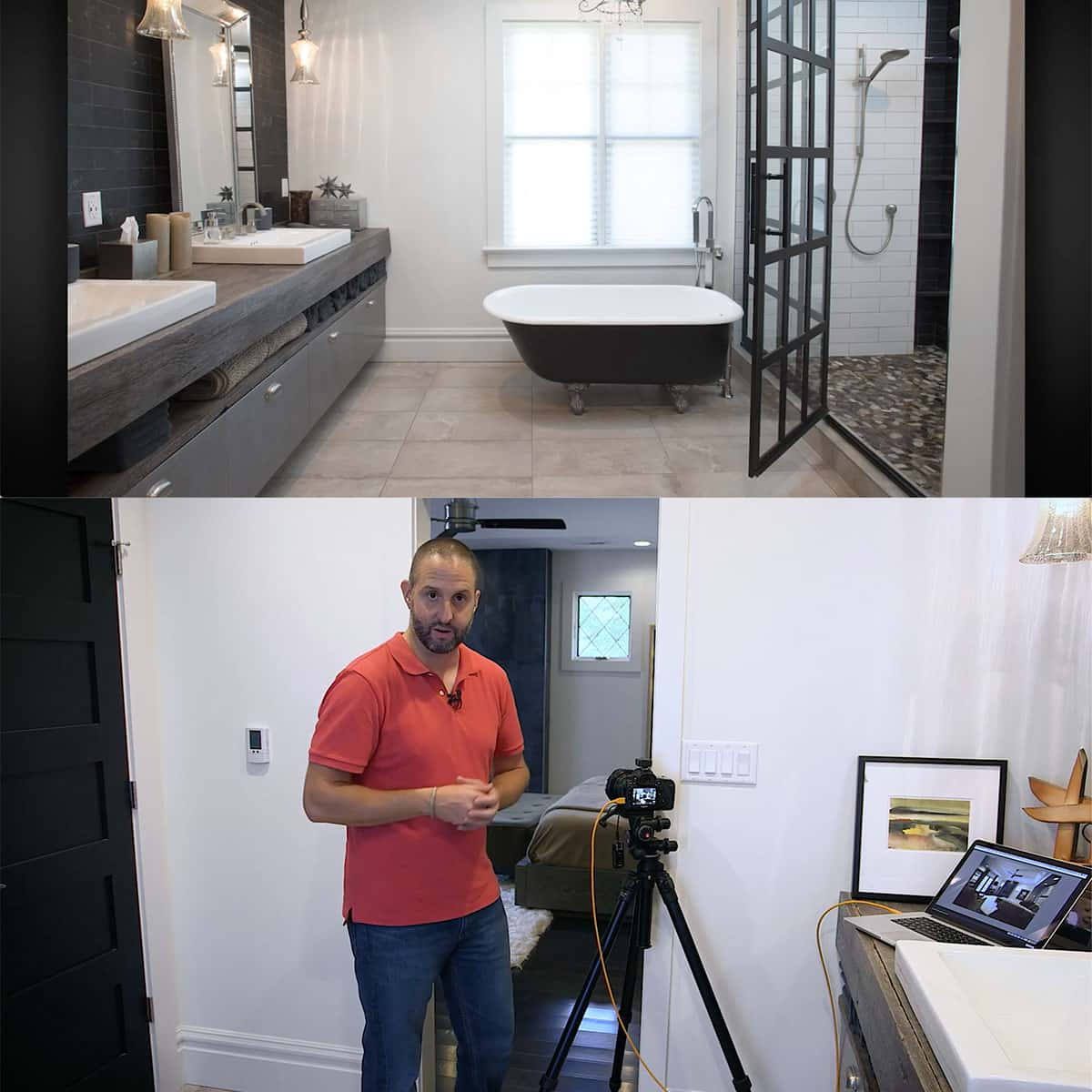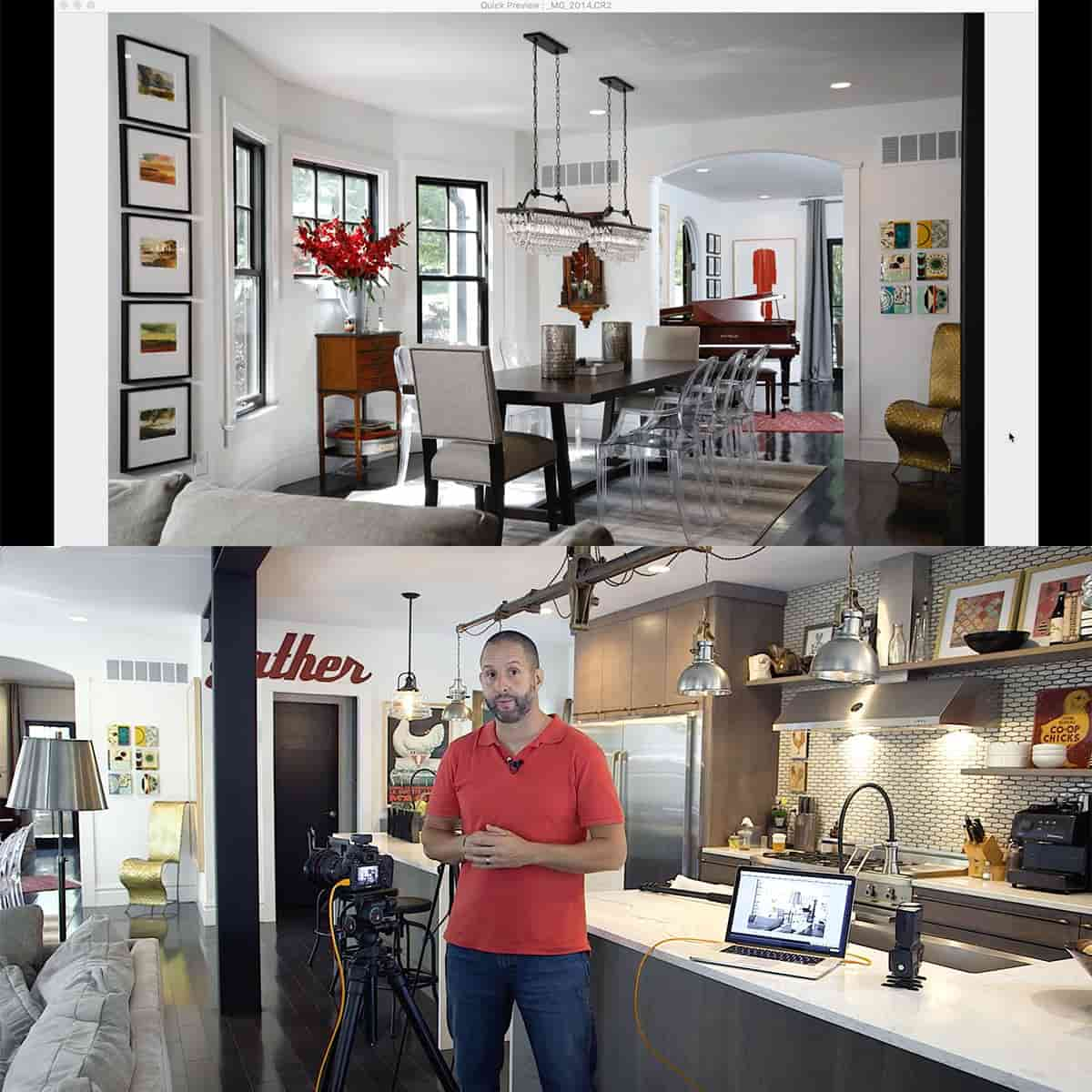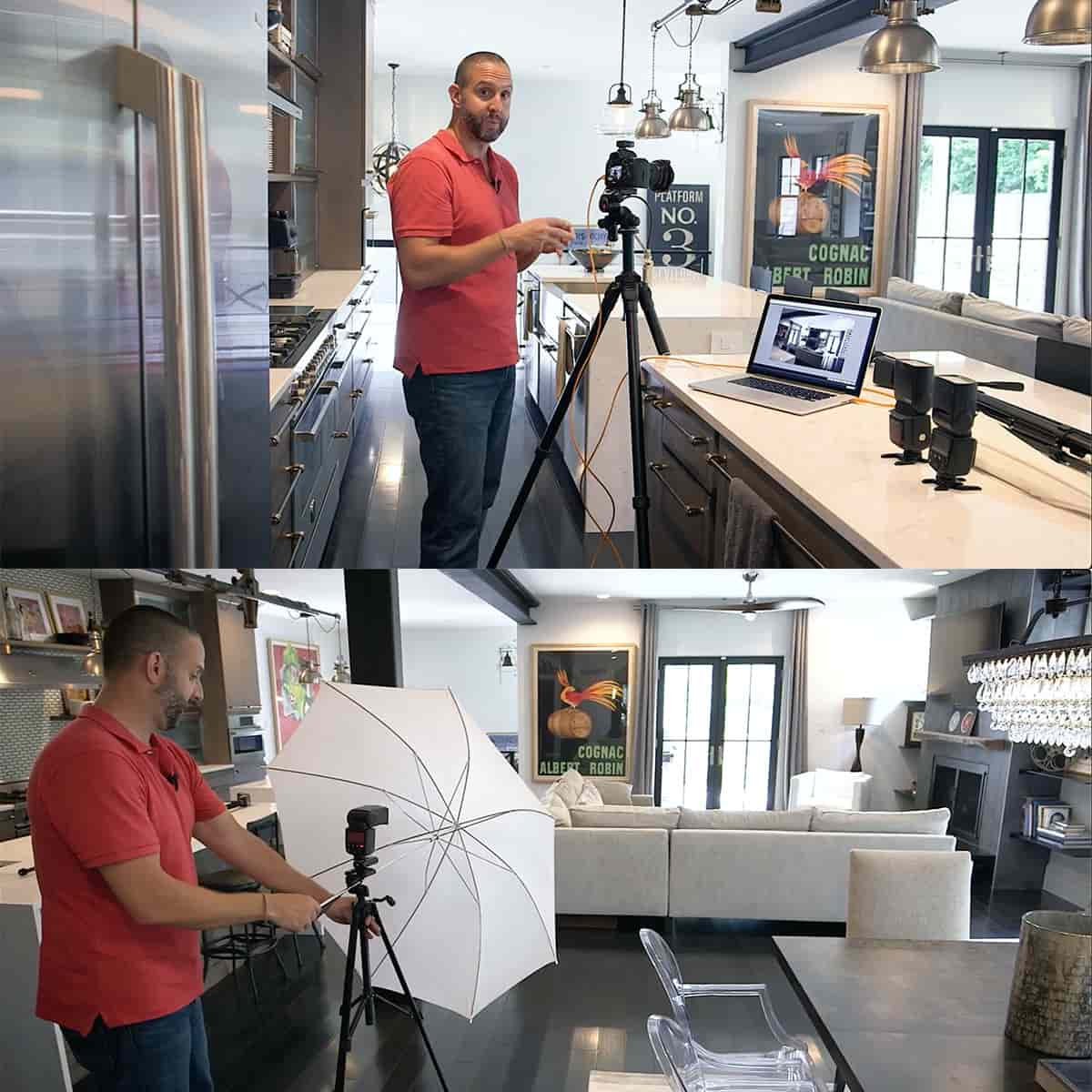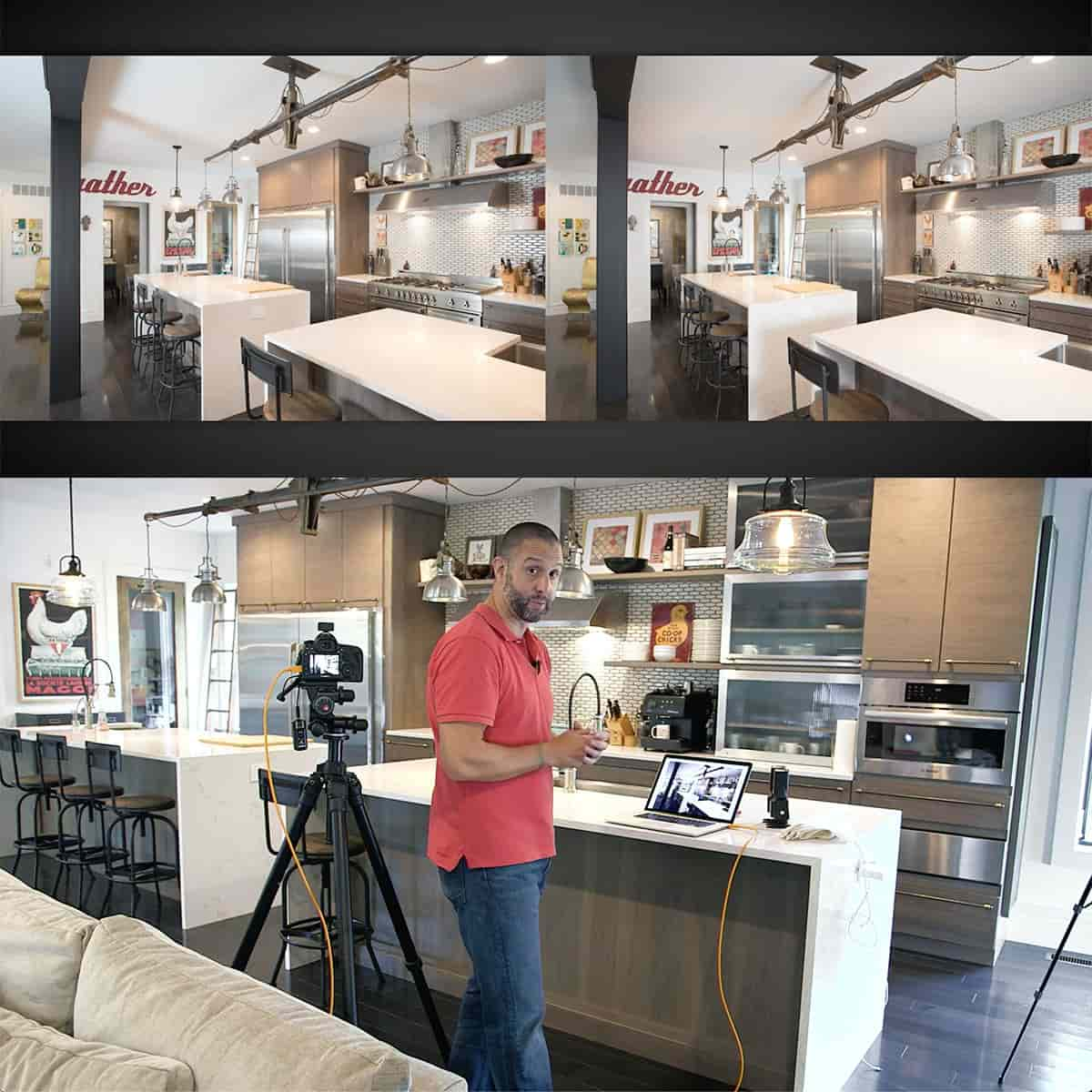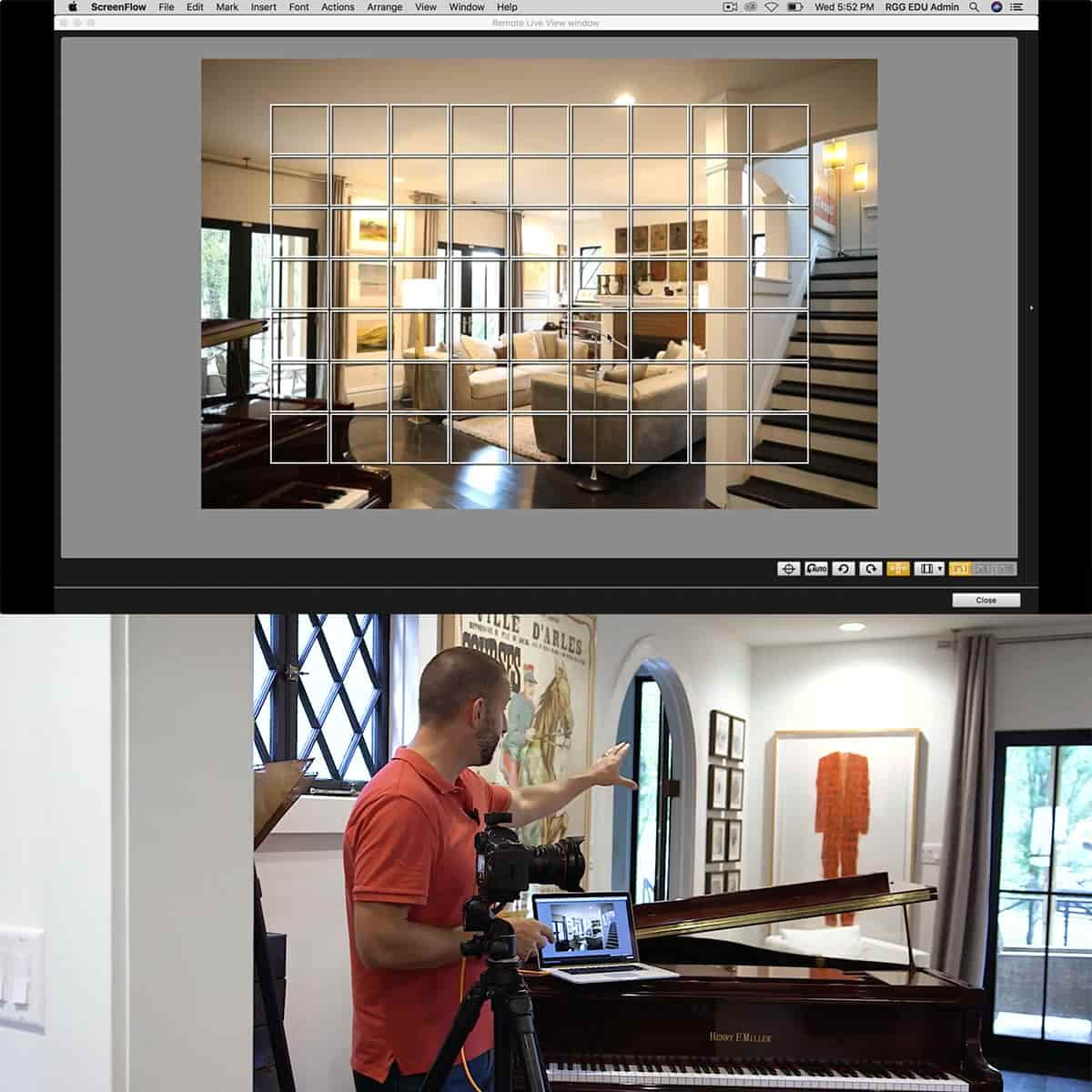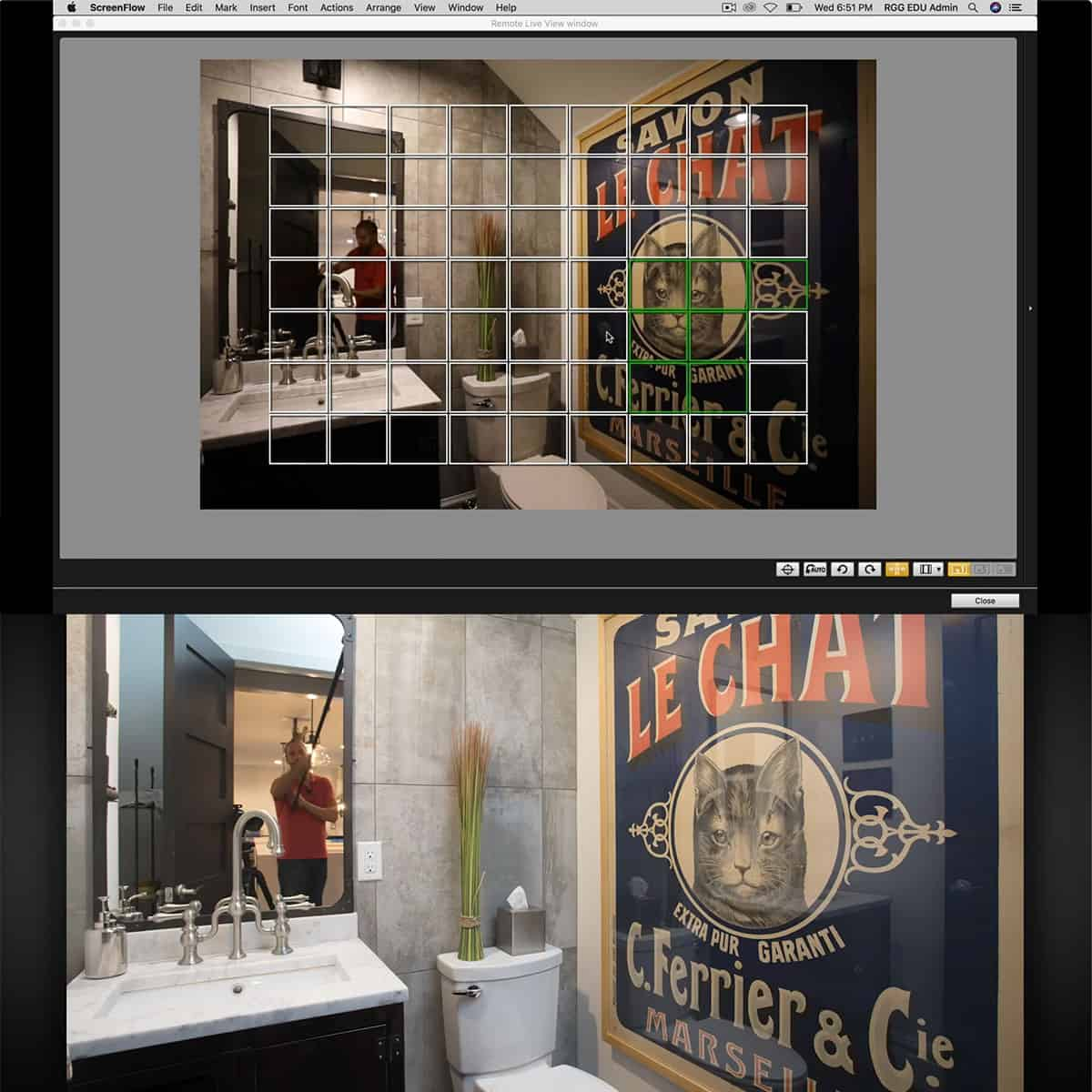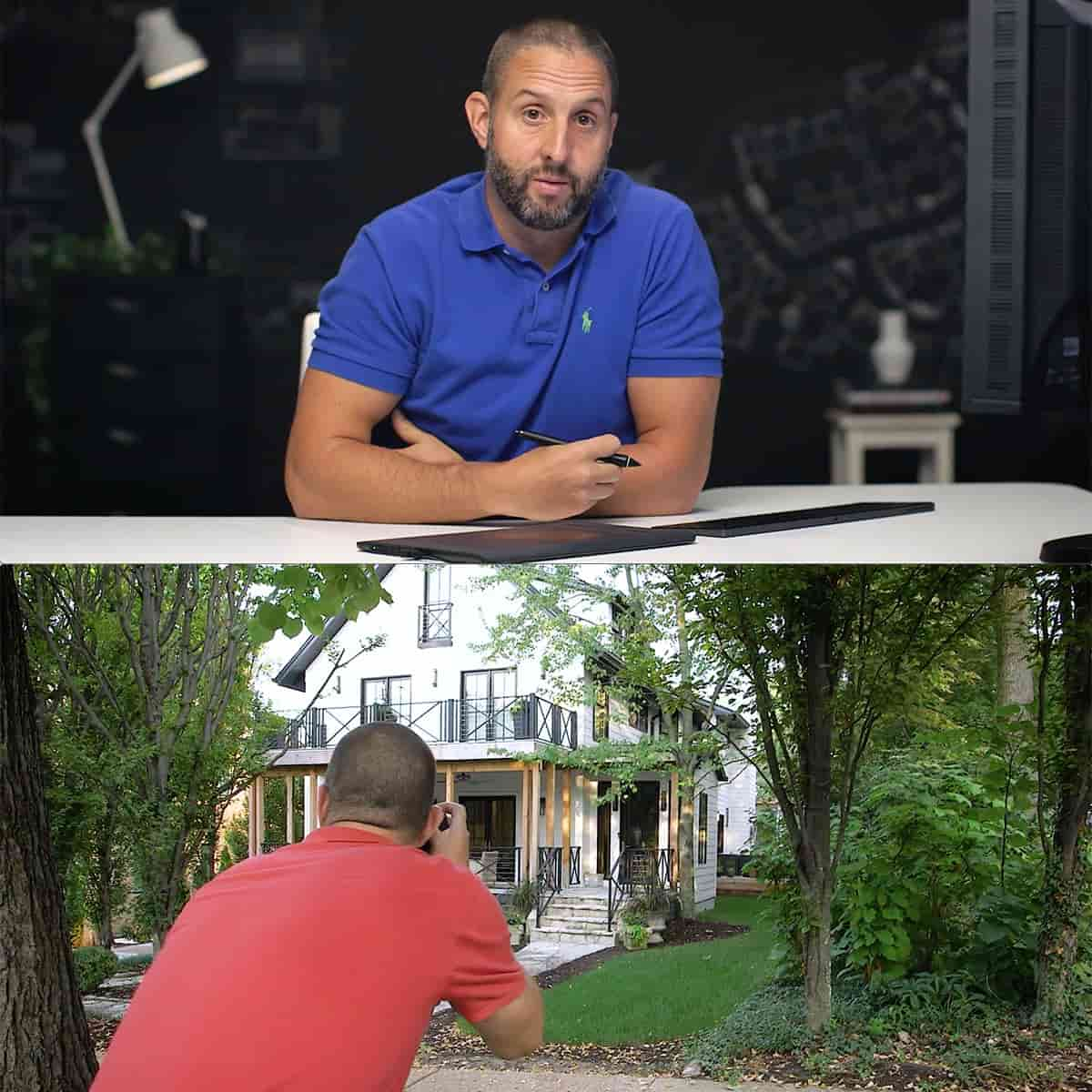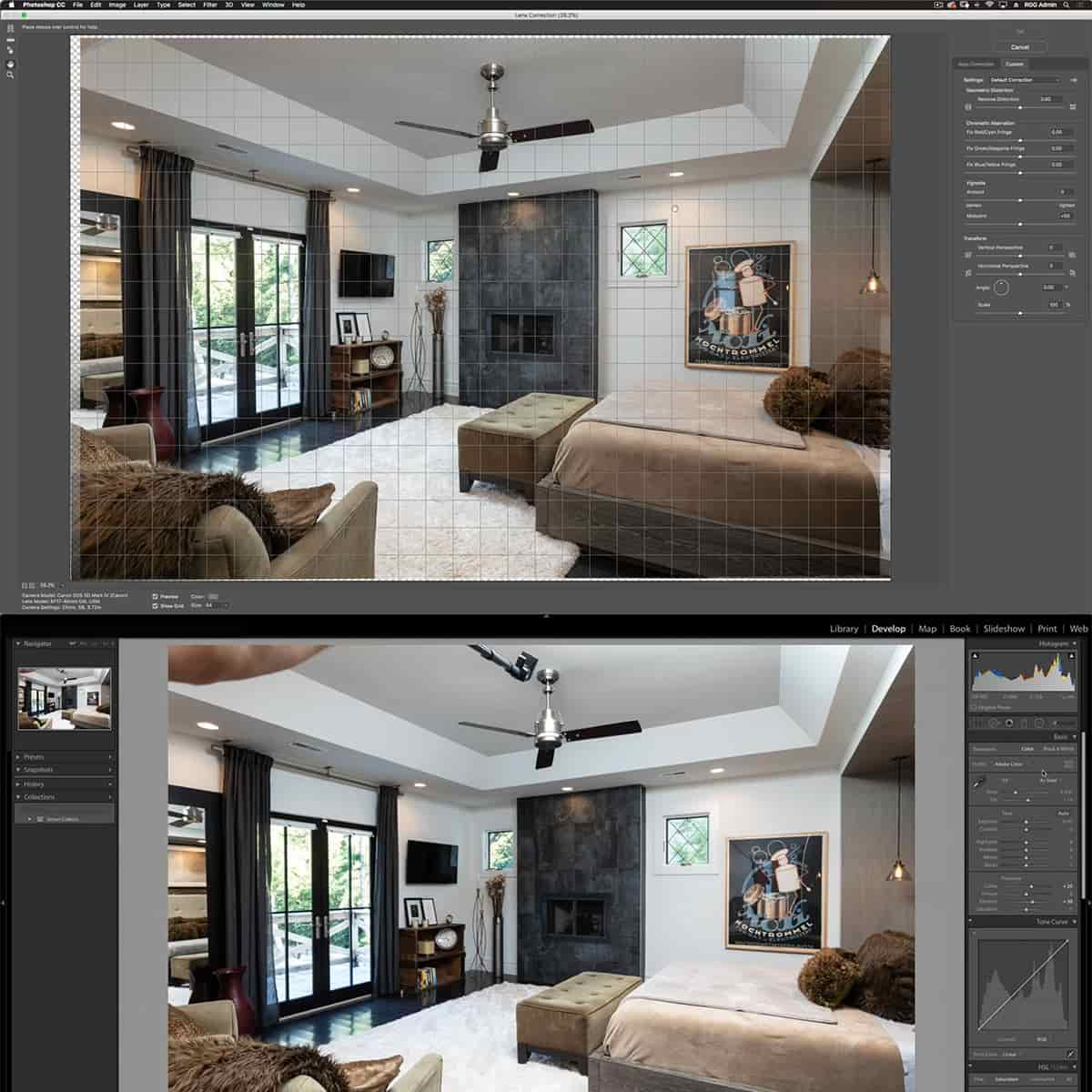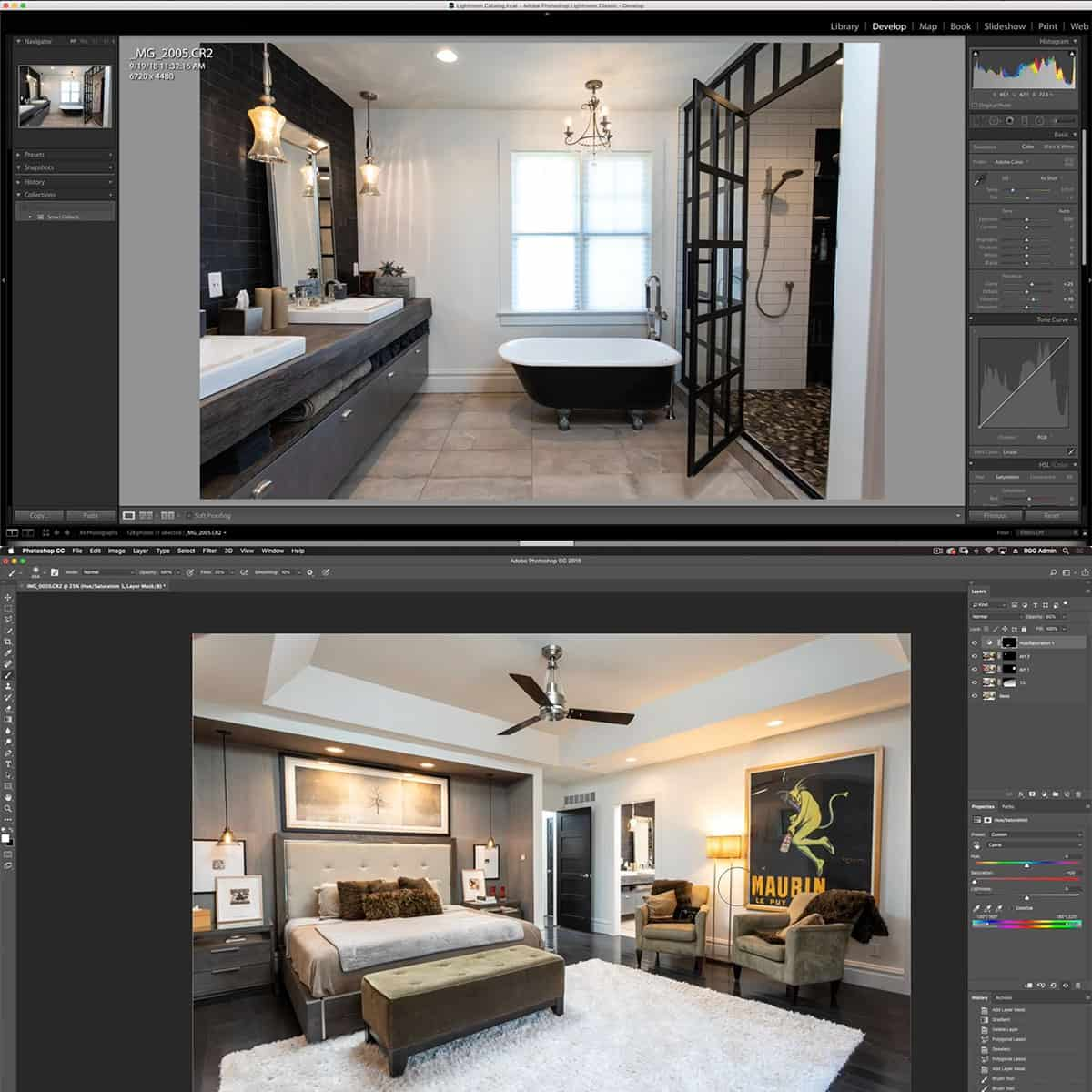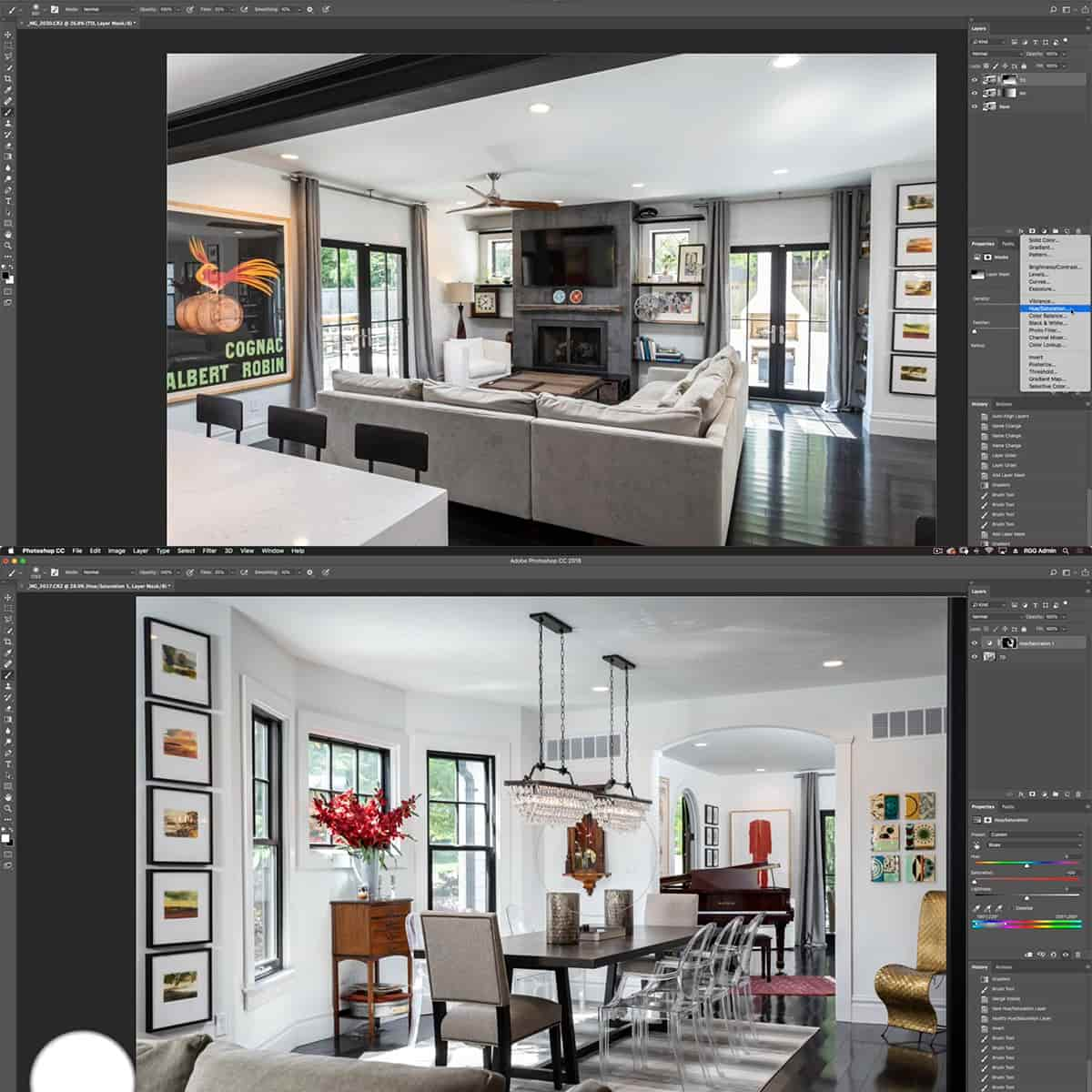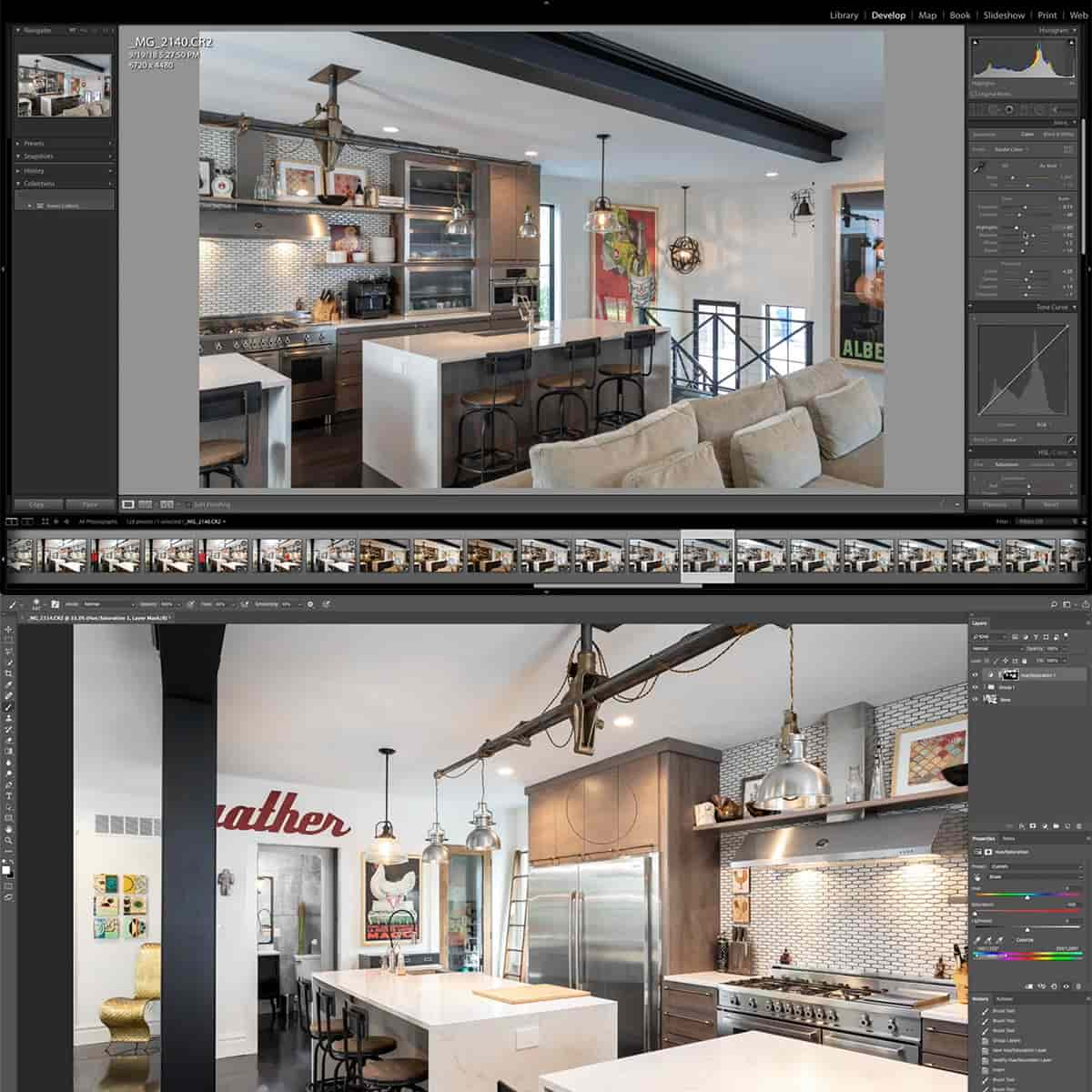Looking to make a mark in the world of real estate photography? Whether you're a beginner eager to learn the ropes or a seasoned photographer aiming to sharpen your skills, there's an abundance of online real estate photography classes waiting for you. One of the best ways to stand out in this competitive field is to invest in quality education, covering everything from essential gear to advanced techniques.
In our exploration, we discovered several standout platforms offering comprehensive courses. For instance, Real Estate For Photographers with Barry Mackenzie is perfect for those who want to learn how to make real estate images for realtors and learn how to make six figures doing it. If you prefer concise, beginner-friendly content, the Skillshare course titled "Real Estate Photography: How To Get Started" could be a fantastic starting point.
Additionally, for those aiming to grow their real estate photography business, we recommend the Darren Miles Photography course. It offers insights on gear, lighting, composition, post-processing, editing, and client acquisition. These classes not only enhance your technical skills but also teach you how to market your services effectively.
Key Takeaways
- Quality education is essential to excel in real estate photography.
- Comprehensive online courses offer a range of topics from beginner to advanced levels.
- Effective marketing and business skills are as crucial as technical abilities.
Essential Gear for Real Estate Photography
When it comes to real estate photography, having the right equipment is crucial. We'll cover the essential camera gear and lighting accessories necessary to capture stunning property images.
Camera Equipment Essentials
A DSLR camera is the backbone of any real estate photography setup. Brands like Nikon provide excellent variations with advanced features. High-resolution sensors and interchangeable lenses make DSLRs versatile.
Wide-angle lenses are vital for capturing entire rooms in a single shot. A 14-30mm lens works well, allowing you to shoot both wide and tight spaces. A standard 24-70mm lens can also be beneficial for different perspectives.
Tripods are indispensable for shooting stable and blur-free images. They allow us to shoot with lower shutter speeds and achieve perfectly balanced compositions. Pairing a tripod with a remote shutter release enables even steadier shots.
For more advanced setups, consider a drone. Drones offer aerial views which can be spectacular for larger estates and show properties in their entirety from above. Remember, you may need a commercial drone license to operate one legally.
Lighting and Accessories
Lighting plays a critical role in real estate photography. Natural light is valuable, but sometimes, we need to work with artificial light for the best results.
Flash units are often used to illuminate darker spaces. Off-camera flash systems provide more control over the light direction and intensity. Utilizing tools learned from strobed light shaping can significantly enhance your flash techniques.
Reflectors and diffusers help manage light quality and direction. They can soften harsh sunlight or reflect light into shadowy areas.
Don't overlook the importance of post-processing software. It helps to adjust brightness, contrast, and color balance, ensuring the final images are professional and attractive.
Quality tripods and flashes combined with proper camera settings enable us to capture the best possible shots, regardless of lighting conditions.
Techniques and Composition for Captivating Images
To capture captivating real estate photos, it's essential to master specific techniques and pay close attention to composition. These elements are crucial for both interior and exterior shots, enhancing the overall appeal of any property.
Mastering Interior Spaces
When shooting interiors, lighting and angles are key. Natural light can make rooms like the living room and master bedroom look more inviting. Use soft, diffused light to minimize harsh shadows. In the kitchen or bathrooms, position the camera to show spaciousness and functionality.
Composition techniques, such as the rule of thirds, help create balanced images. Line up vertical and horizontal lines with the grid to maintain symmetry. For more advanced methods, consider learning to light day interiors effectively.
Shooting Exteriors and Landscapes
For exteriors and landscapes, time of day matters. Shooting in the early morning or late afternoon provides soft, flattering light. Highlight the architecture by using varied angles to capture its design. Wide-angle lenses are useful for showcasing the entire property, including gardens and driveways.
The architecture photography tutorial offers insights into capturing exterior details, emphasizing the beauty of structures. Using leading lines can guide the viewer's eye through the property, enhancing its visual appeal.
Advanced Real Estate Photography Techniques
In this section, we will explore important methods for enhancing your real estate photos, including using HDR and multiple exposures, as well as innovative editing techniques.
Utilizing HDR and Multiple Exposures
HDR (High Dynamic Range) is critical for balancing bright and dark areas in a photo. In real estate photography, HDR helps capture the full range of a room's lighting, from sunlit windows to shadowy corners. We take multiple exposures at different brightness levels and combine them to create a more detailed image.
By using multiple exposures, we can achieve greater depth and detail in our photos. This approach is especially useful in twilight photography, where the balance of artificial and natural light presents a significant challenge. Reflection control is another key benefit, as multiple exposures allow us to capture different aspects of reflective surfaces.
Innovative Techniques in Editing
Editing is where our photos truly come to life. Using Adobe Lightroom, we can correct lens distortions and adjust the color balance to present the property in its best light. Sky replacement is another technique to improve outdoor shots, especially on overcast days. By replacing a dull sky with a vibrant one, we can make the property more appealing.
We also focus on advanced techniques such as blending exposures for enhanced reflections and applying selective sharpening to highlight focal points. These small adjustments can make a big difference in creating stunning, professional real estate photos.
Building a Real Estate Photography Business
Creating a successful real estate photography business involves strategic marketing and strong client relationships. It's essential to understand the nuances of both aspects to thrive in this industry.
Marketing Strategies for Photographers
Effective marketing is crucial for growing your real estate photography business. We need to start by building a professional website that showcases our portfolio. A well-designed website can attract potential clients like real estate agents and architects.
Using social media platforms is another great way to reach a broader audience. Platforms like Instagram and Facebook allow us to share our latest work and engage with followers. Regular posts, stories, and ads can keep our services top-of-mind.
Participating in local networking events can also help us connect with potential clients in person. Developing business cards and other promotional materials can leave a lasting impression. Additionally, we should consider digital marketing techniques, such as search engine optimization (SEO) and email marketing to stay competitive.
Digital marketing strategies, like those shared in the Digital Marketing for Your Photography Business, can guide us to optimize our online presence effectively.
Client Relationship and Communication
Building strong relationships with our clients is equally important. Communication is key in understanding their needs and expectations. Regular updates and clear discussions about the project's goals can prevent misunderstandings.
We should always be available and responsive. Quick replies to emails and messages show our dedication and professionalism. It's crucial to listen to feedback and make necessary adjustments to meet client satisfaction.
Offering additional services like virtual staging can set us apart from competitors. Virtual staging allows potential buyers to visualize the property's potential, making our services more appealing to real estate agents and interior designers.
Maintaining a professional demeanor and delivering high-quality work consistently will help us earn trust and encourage repeat business. Effective client relationship management ensures long-term success and growth for our photography business.
Exploring Online Resources and Education
Real estate photography can be enhanced through various online resources. Platforms like Udemy and LinkedIn Learning offer extensive courses that cover techniques, equipment usage, and business strategies.
Selecting the Right Online Classes
Choosing the best online classes for real estate photography depends on your skill level and what you aim to achieve. Udemy has many options where you can learn to shoot professional real estate photos, whether you are a beginner or more advanced. For those starting out, Real Estate Photography: How to Get Started on Skillshare offers a concise, beginner-friendly introduction.
For those looking to specialize, courses by experienced photographers like Charlie Borland and Scott Hargis on platforms like LinkedIn Learning provide depth on specific techniques. The Real Estate Photography Master Class includes comprehensive training across various photography aspects such as video and 3D imaging. These courses are designed to help you maximize your potential and improve your marketability.
Continued Learning and Skill Enhancement
Ongoing learning is key to staying updated in the ever-evolving field of real estate photography. Resources like the Lightroom Masterclass Bundle can help enhance your post-processing skills, which are crucial for producing high-quality images. The bundle covers tools that streamline your workflow and improve photo editing efficiency.
Additionally, YouTube is a great platform for continuous learning, offering numerous tutorials from noted photographers like Mike Kelley and Greg Gottfried. Engaging with content from experts such as Phil Ebiner can also provide valuable insights and tips to refine your skills further.
By leveraging these resources, we can continually improve and stay ahead in the competitive real estate photography industry.
Frequently Asked Questions
Here, we address some common questions about becoming a real estate photographer, the best lenses to use, and whether it can be a profitable career.
How can I become a certified real estate photographer?
To become a certified real estate photographer, you can complete courses offered by professional organizations. These programs often include training on photography techniques, editing, and business practices.
What are the best online real estate photography classes for beginners?
For beginners, one highly-rated course is offered by Professional Real Estate Photo. This course covers everything from essential gear to photographing homes and landing clients.
What type of lens is recommended for real estate photography?
A wide-angle lens is recommended for real estate photography. According to experts, using a lens around 16-35 mm on a full-frame camera can create a sense of depth and emphasize the space within a room, as suggested by Pixpa.
How do I get started with a career in real estate photography?
Starting a career in real estate photography involves building a strong portfolio, networking with real estate agents, and continually improving your skills. Learning from experienced photographers and potentially taking courses led by industry professionals, such as those by Tony Colangelo, can be beneficial.
Can real estate photography be a profitable business?
Yes, real estate photography can be a profitable business. By honing our skills, developing a unique style, and maintaining a strong portfolio, we can attract a steady stream of clients. Exploring related income streams, such as virtual tours or video walkthroughs, can also enhance profitability, as mentioned by Zenfolio.
Are there any free real estate photography courses available online?
Free courses may be available online, but they might not provide the comprehensive training needed for professional success. It's often worthwhile to invest in a reputable course that covers all aspects of the business, from capturing high-quality images to managing client relationships.





